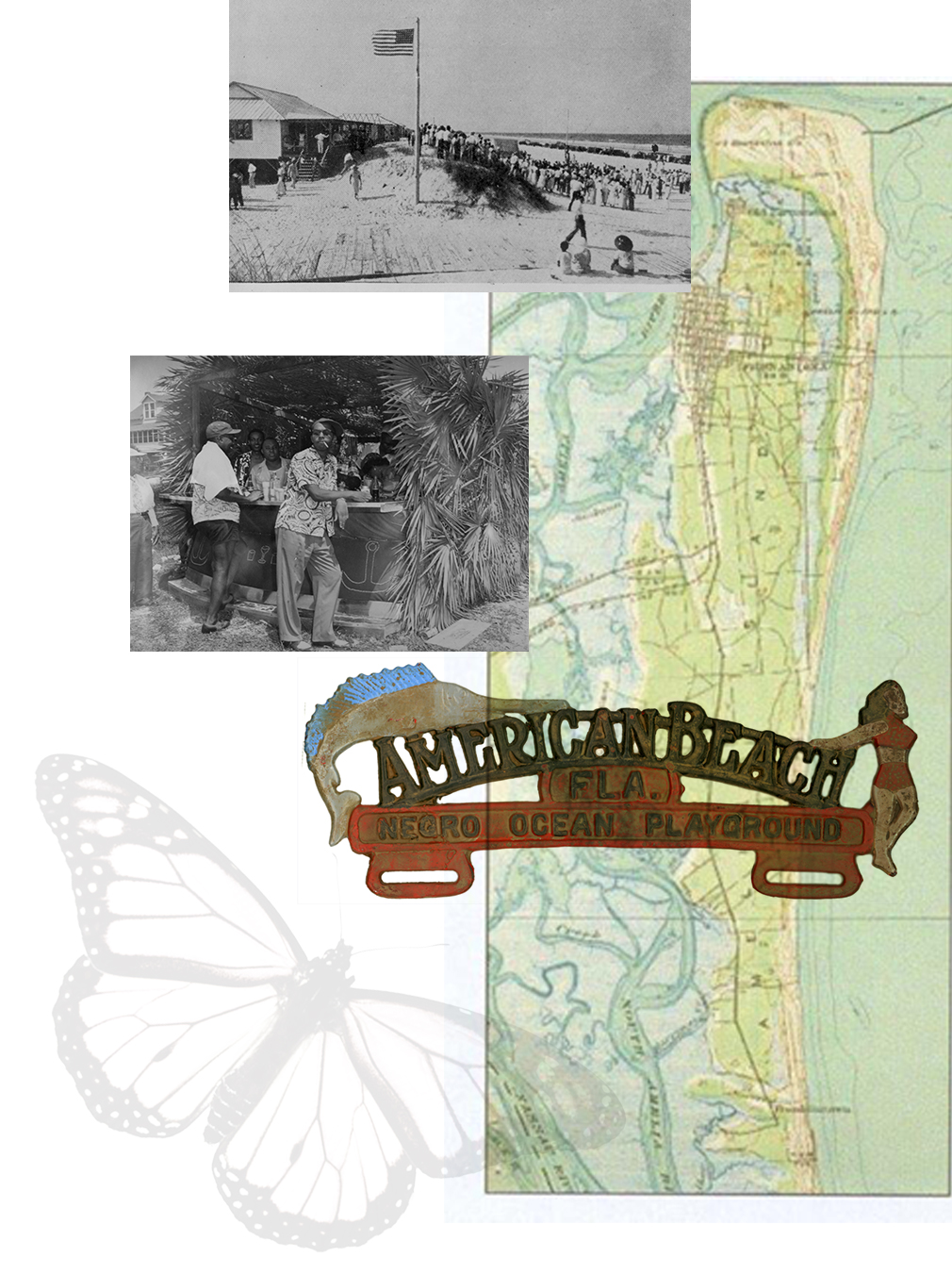
In the 1900s, African Americans sought to escape the stress of segregation by retreating to “Black Beach” communities such as Manhattan Beach and Butler Beach. A. L. Lewis, President of the Afro-American Life Insurance Company (the Afro) and a self-made millionaire, wanted to create an oceanfront resort where African Americans could enjoy “recreation and relaxation without humiliation” during the Jim Crow era.
On January 31, 1935, the Afro’s Pension Bureau purchased 33 acres of land north of Franklintown on North Florida’s Amelia Island. Two subsequent purchases brought the size of the new community to 216 acres. A. L. Lewis called the community “American Beach.” As land was cleared, oceanfront homes began to appear above the dunes. The first home constructed was built for A. L. Lewis.
“Recreation and relaxation without humiliation”
— A. L. Lewis, Co-Founder of American Beach
Over the next three decades, the American Beach resort became a sought-after destination for celebrities, local residents and visitors alike. African Americans traveled to American Beach from across the southeast. Especially during the weekends, their cars and buses lined the streets. The inns and hotels filled beyond capacity, and the beach became their oceanfront playground.
In 1964, the landscape changed dramatically. Hurricane Dora devastated American Beach, leaving homes and businesses in ruins. While some were rebuilt, the passage of the Civil Rights Act of 1964 struck a further blow. With access to public beaches now open to blacks as well as whites, African Americans were no longer limited to American Beach. As they moved on, American Beach lost much of its land and establishments to developers or decay.
In recent years, American Beach residents have sparked a renewal. The American Beach Museum, founded in 2014, has been part of that renaissance. A repository of the Beach’s history and legacy, it is the bridge that connects its past with its emerging future.

American Beach Timeline

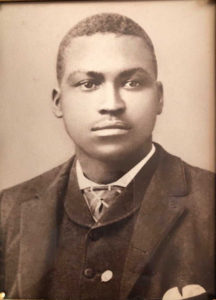
1865
Abraham Lincoln Lewis is born March 29, 1865 in the small town of Madison County, Florida to recently freed Robert and Judy Lewis, . In 1876, he moves with his family to Jacksonville, Florida.
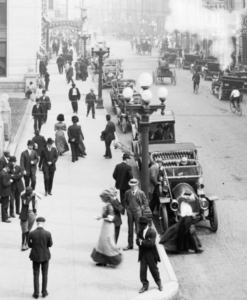
1876
The family moved to Jacksonville, Florida in 1876 seeking a better life in the ‘city of Negro opportunity. Life for the Lewis was promising. Work was available and their children were able to attend school. Abraham Lincoln Lewis, however dropped out of school at the age of 13 and began working in a sawmill to help the family. Although his formal education ended in the sixth grade, his thirst for knowledge and drive insisted that he succeed.

1884
Abraham Lincoln Lewis married Mary Frances Sammis in 1884. She was the great-granddaughter of the white slave trader and planter Zephaniah Kingsley Jr. and Anna Madgigine Jai, a formerly enslaved Senegalese woman, both of whom lived at the Kingsley Plantation on Fort George, Island.
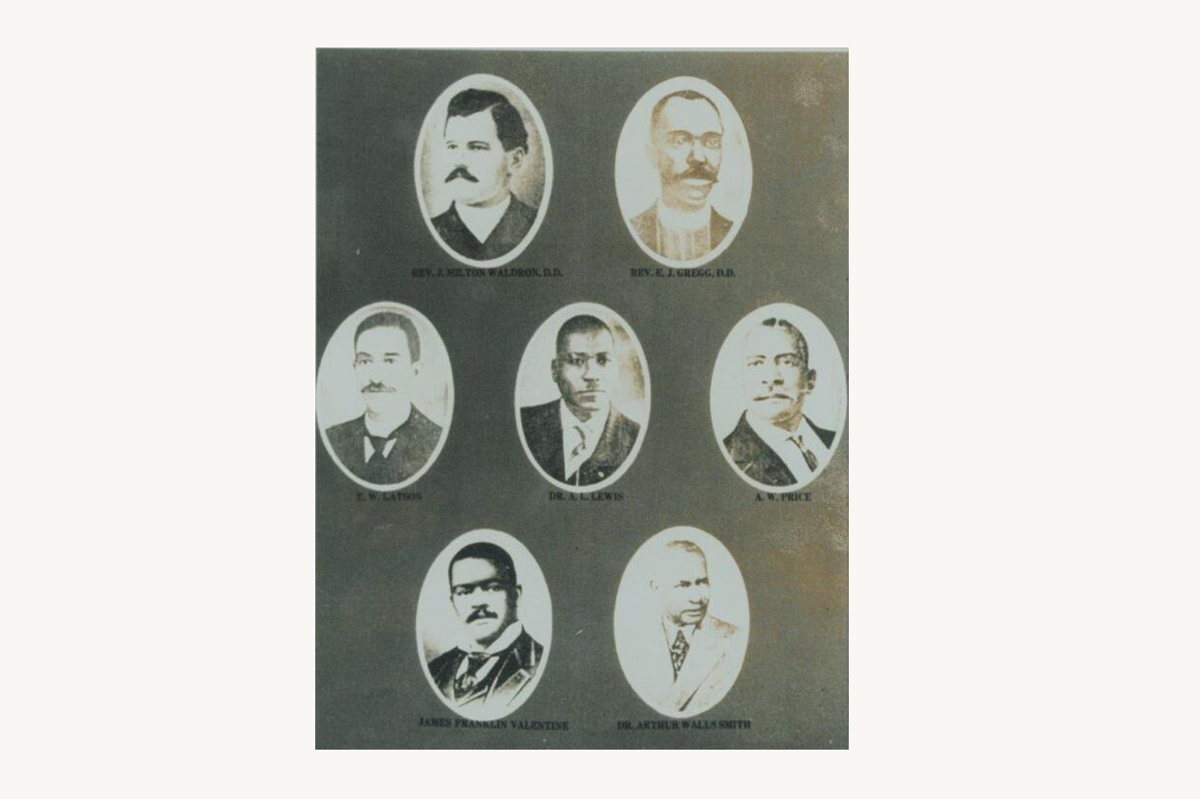
1901
Reverend J. Milton Walton, pastor of Jacksonville’s Bethel Baptist Church, summoned six visionary leaders and entrepreneurs-one of whom was Abraham Lincoln Lewis- to gather at his church on January 15, 1901- a slight 36 years after the end of slavery-to discuss was to help give their people assistance in times of sickness and death. After prayer and and conversation, the men agreed to contribute $100.00 each to finance an insurance company. On April 1,1901, A. L. Lewis and six partners found the Afro-American Industrial and Benefit Association, Florida’s first chartered insurance company black of white.
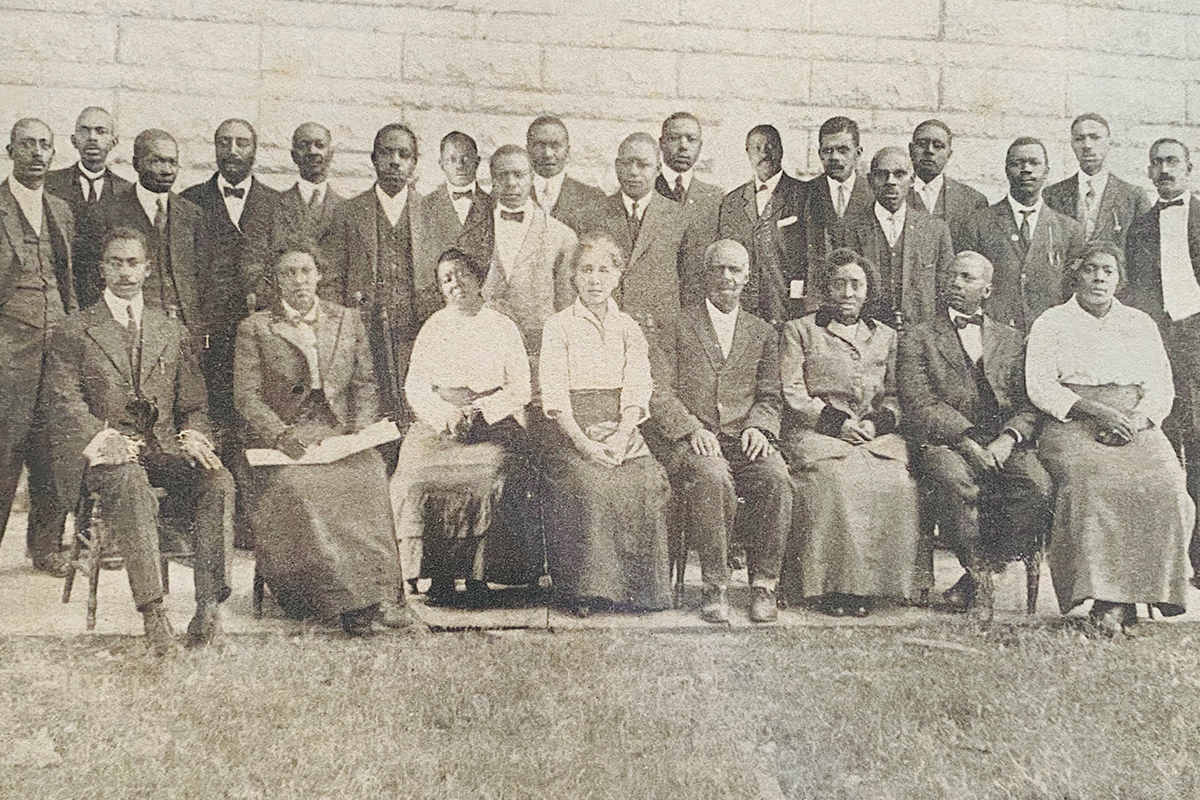
1919
A. L. Lewis becomes President and Treasure of the Afro-American Industrial and Benefit Association. The following year A. L. Lewis established the Afro-American Pension Bureau.

1925
The Afro-American Industrial and Benefit Association changes it name to the Afro-American Life Insurance Company. The company’s motto was “Relief In Distress”

1935
January 13
Marvyne Elizabeth Betsch, A. L. Lewis’ first great granddaughter is born, who years later changed her name to MaVynee Oshun Betsch, “The Beach Lady.”
January 31
A. L. Lewis as President of the Afro- American Life Insurance Company’s Pension Bureau purchases and opens 33 acres of oceanfront resort property on Amelia Island and named it American Beach. The land was subdivided into 50 x 100 parcels for sale to company executives, share owners and community leaders.
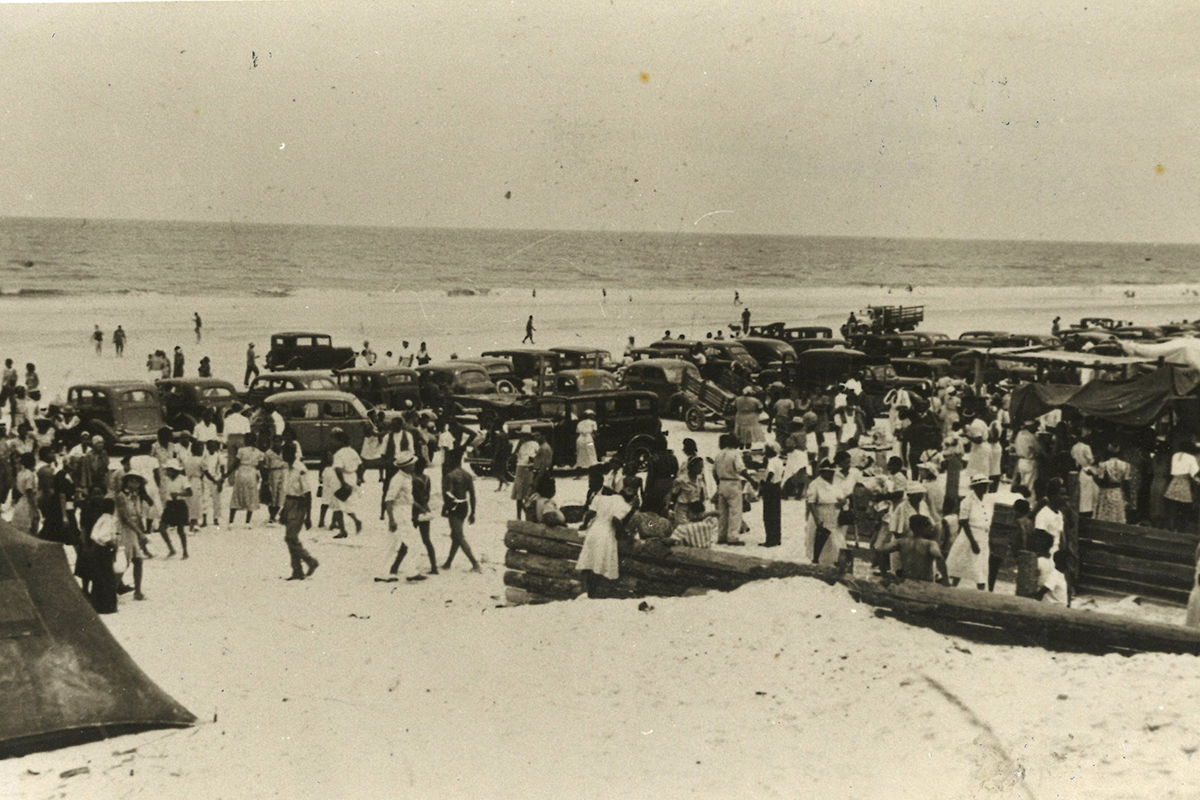
1937
The Afro-American Life Insurance Company’s Pension Bureau purchased a second parcel of 100 additional acres on American Beach.

1940
With many building lots unsold, the Afro offers them for sale to the wider black community. After World War II, home construction takes off.
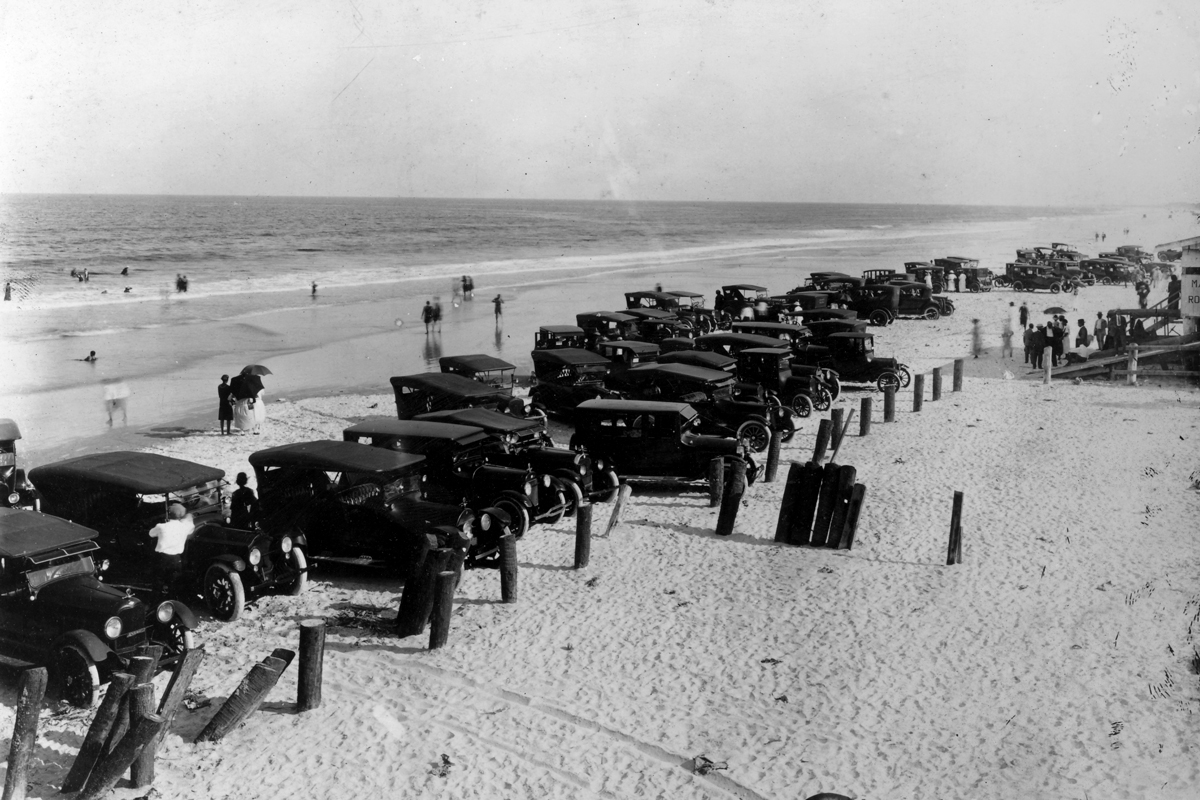
1946
The final 83 acres with 1,500 feet of shoreline were granted to the Afro-American Life Insurance Company’s Pension Bureau by the United States government, bringing the total to 216 acres of this “Negro Ocean Playground.”
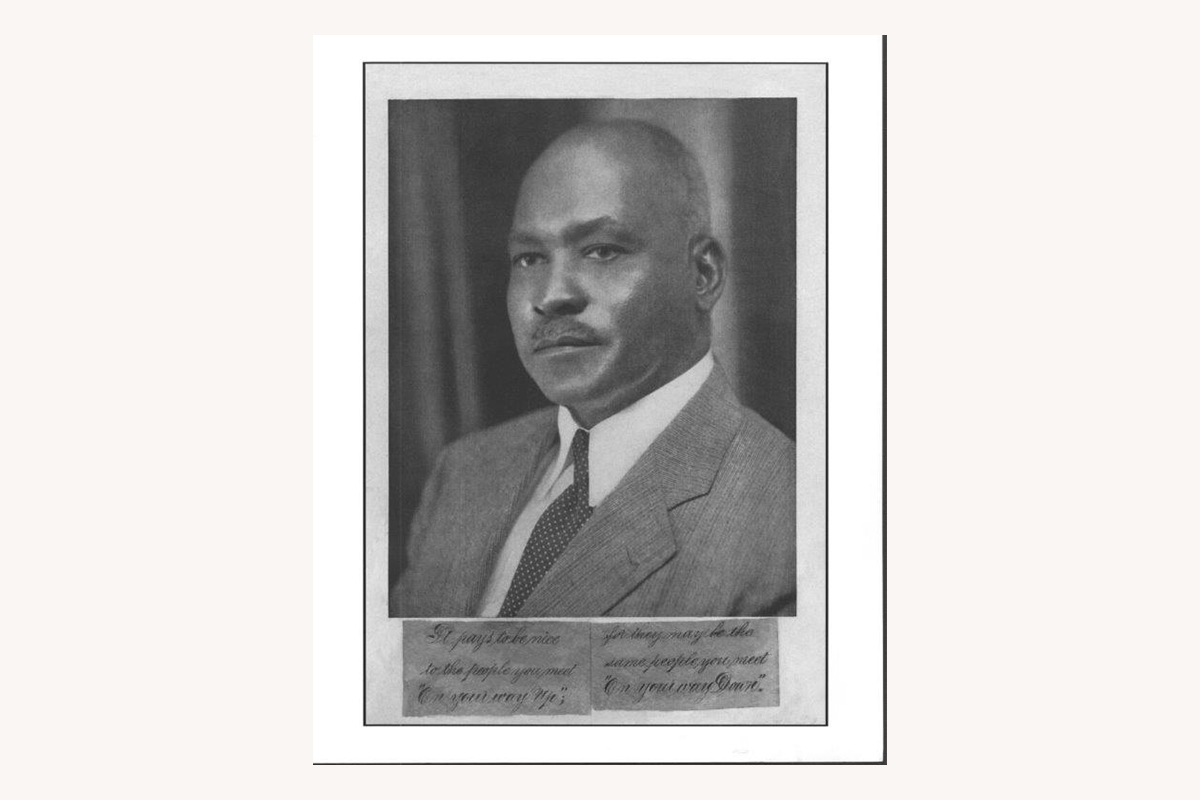
1947
March 10, 1947 A. L. Lewis died in his home at 1706 Jefferson St. in Jacksonville, Florida. Funeral services were held at Mt. Olive A.M.E Church and he was interred in the Lewis Mausoleum in the Memorial Cemetery.
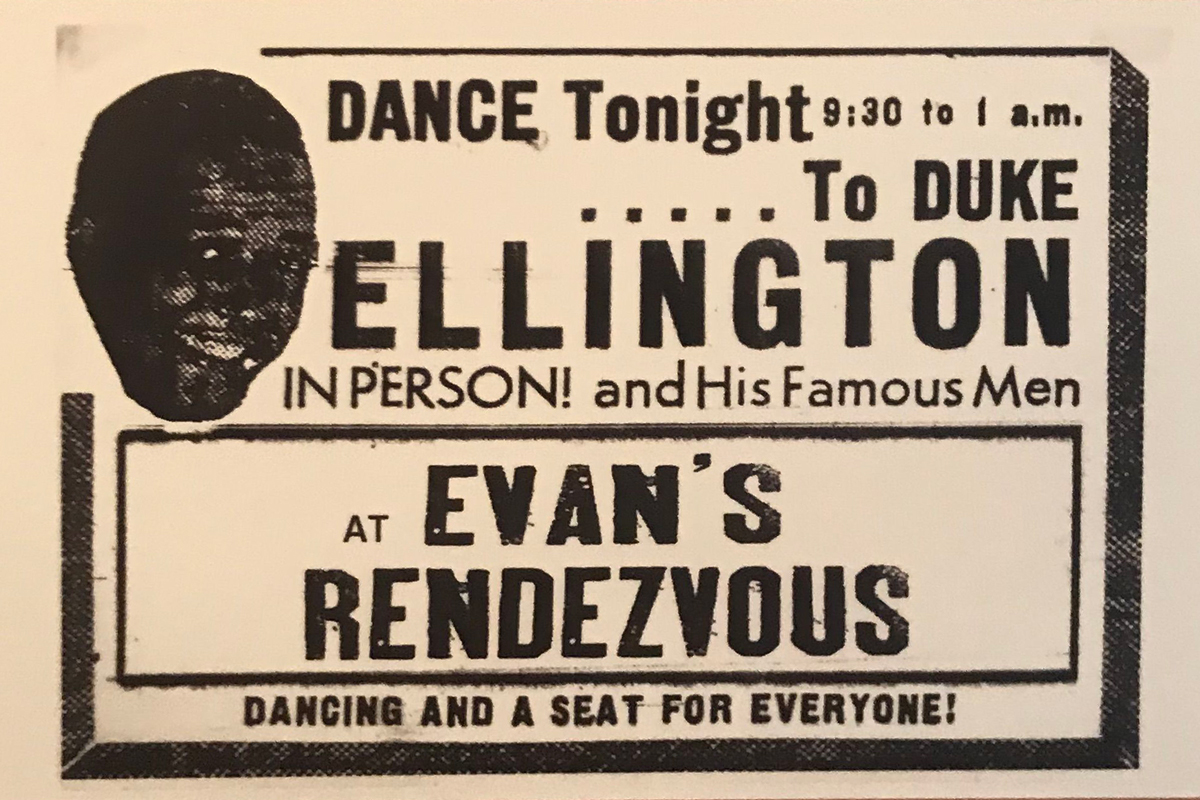
1948
Evans’ Rendezvous, an oceanfront dining and entertainment establishment, opens, attracting musicians such as Ray Charles, Duke Ellington, Louis Armstrong, James Brown and Billie Daniels.

1950
The A. L. Lewis Motel, a 22-unit family ocean-view vacation lodge, opens at American Beach.
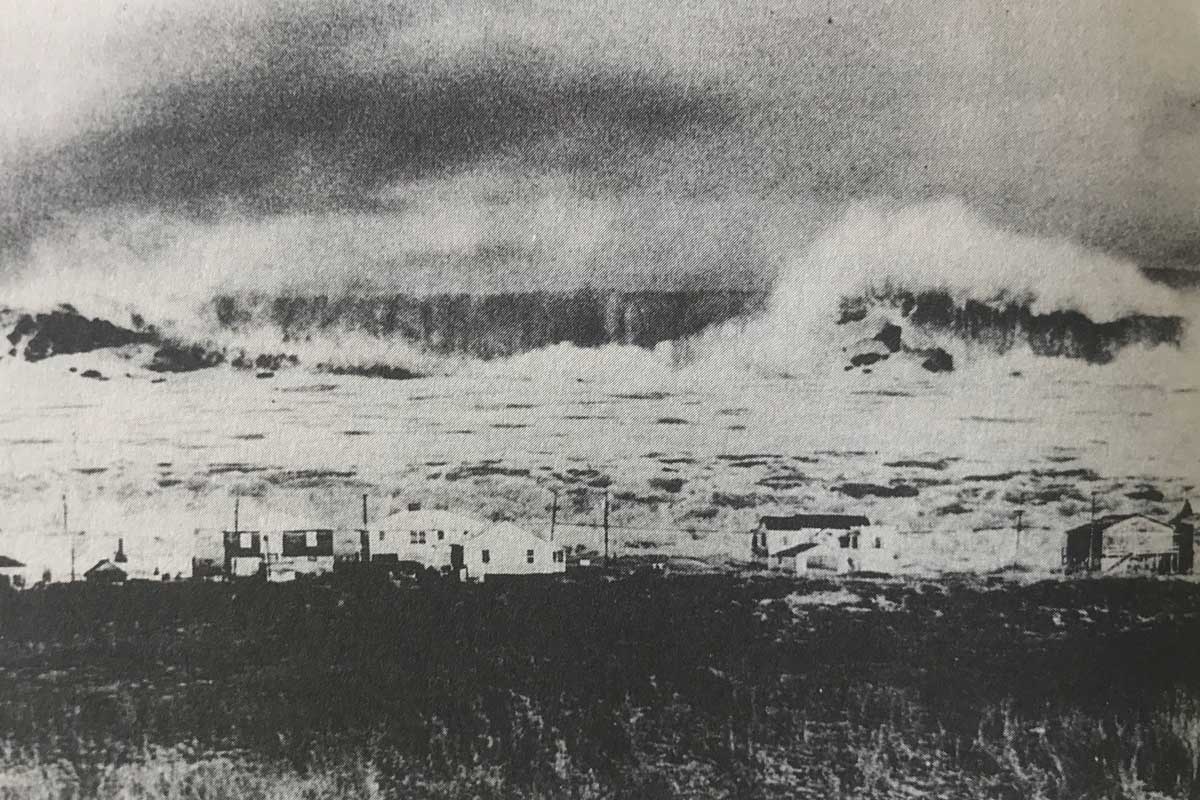
1964
September 10
Hurricane Dora slams into American Beach, damaging or destroying many homes and businesses.

1975
Marvyne Elizabeth Betsch leaves Germany and returns to Florida to help care for her mother Mary Frances Betsch (succumbed April 22, 1975) and care her grandfather James Lewis who passed June 7, 1975. Note: Picture of Mary Betsch and James Lewis above.

1977
Marvyne Elizabeth Betsch, A. L. Lewis’s great-granddaughter returns to live on American Beach.

2001
American Beach is listed as a historic site on the National Register of Historic Places.
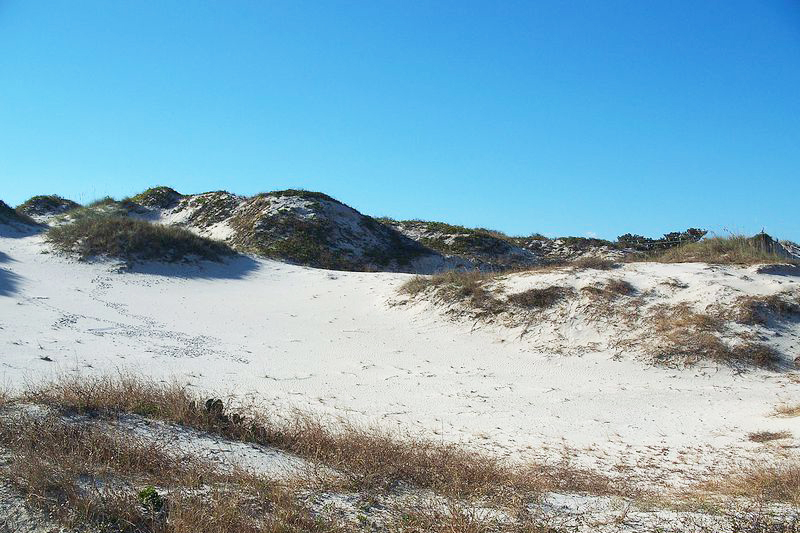
2004
The National Park Service acquires “NaNa,” a majestic 8.5-acre sand dune system.
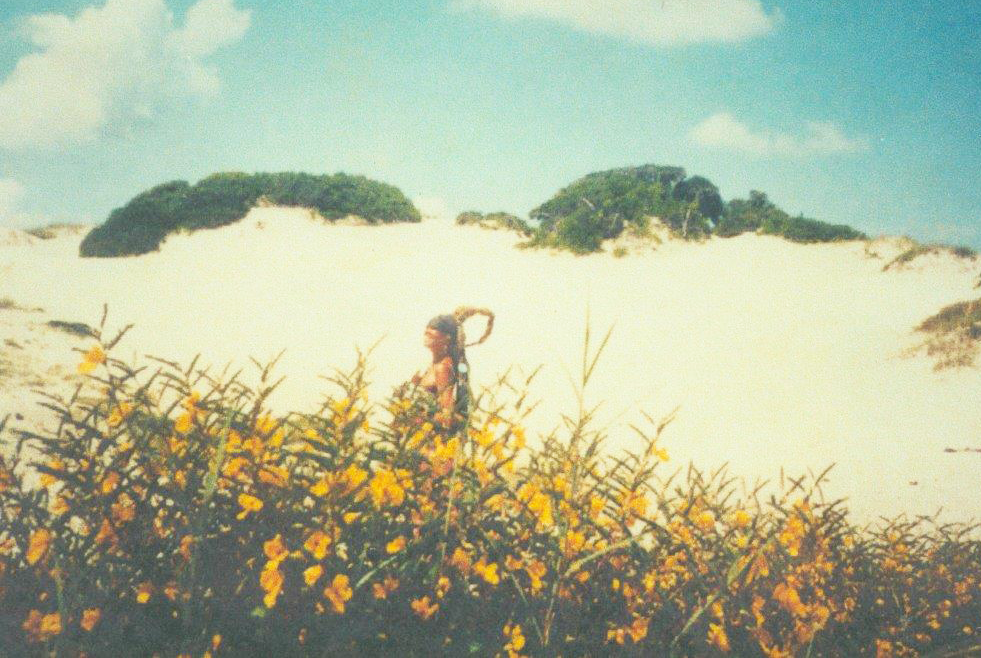
2005
September 5, 2005
MaVynee Oshun Betsch, “The Beach Lady,” makes her transition.
“Death will not take from my beloved NaNa. I wish my ashes to be part of that eternal softness of sand—A magic world that makes my life a constant joy at American Beach—My Sacred Place!” — MaVynee Oshun Betsch

2014
September 5
In honor of the Beach Lady, the American Beach Museum opens.
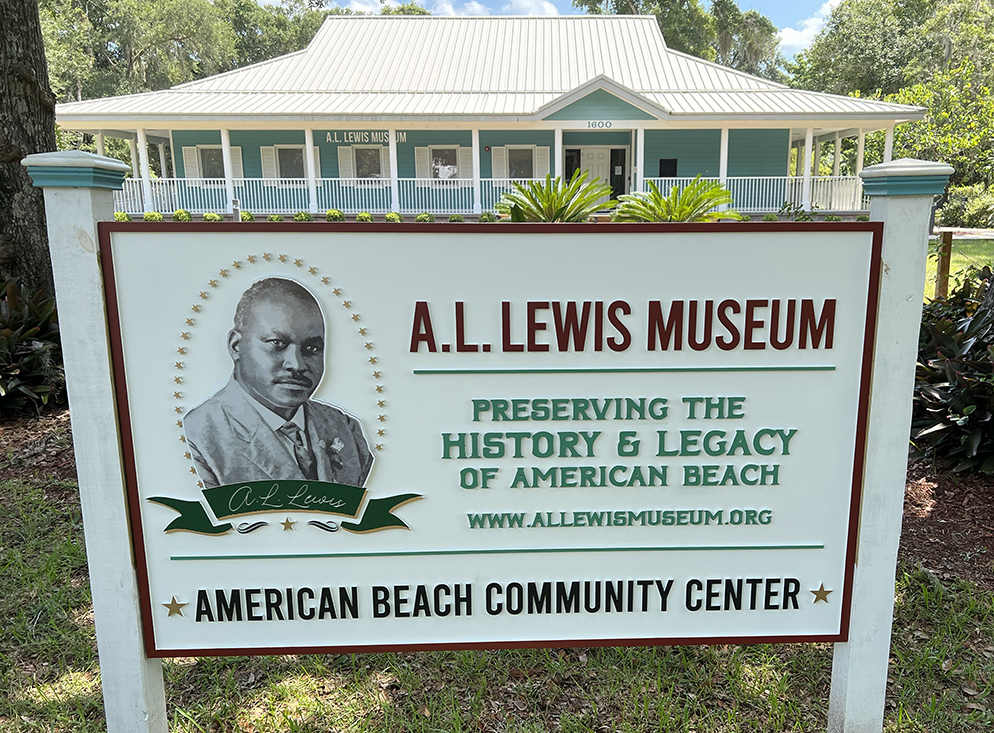
2022
October 15
A.L. Lewis Museum at American Beach re-opens with the a new name and a new exhibition.
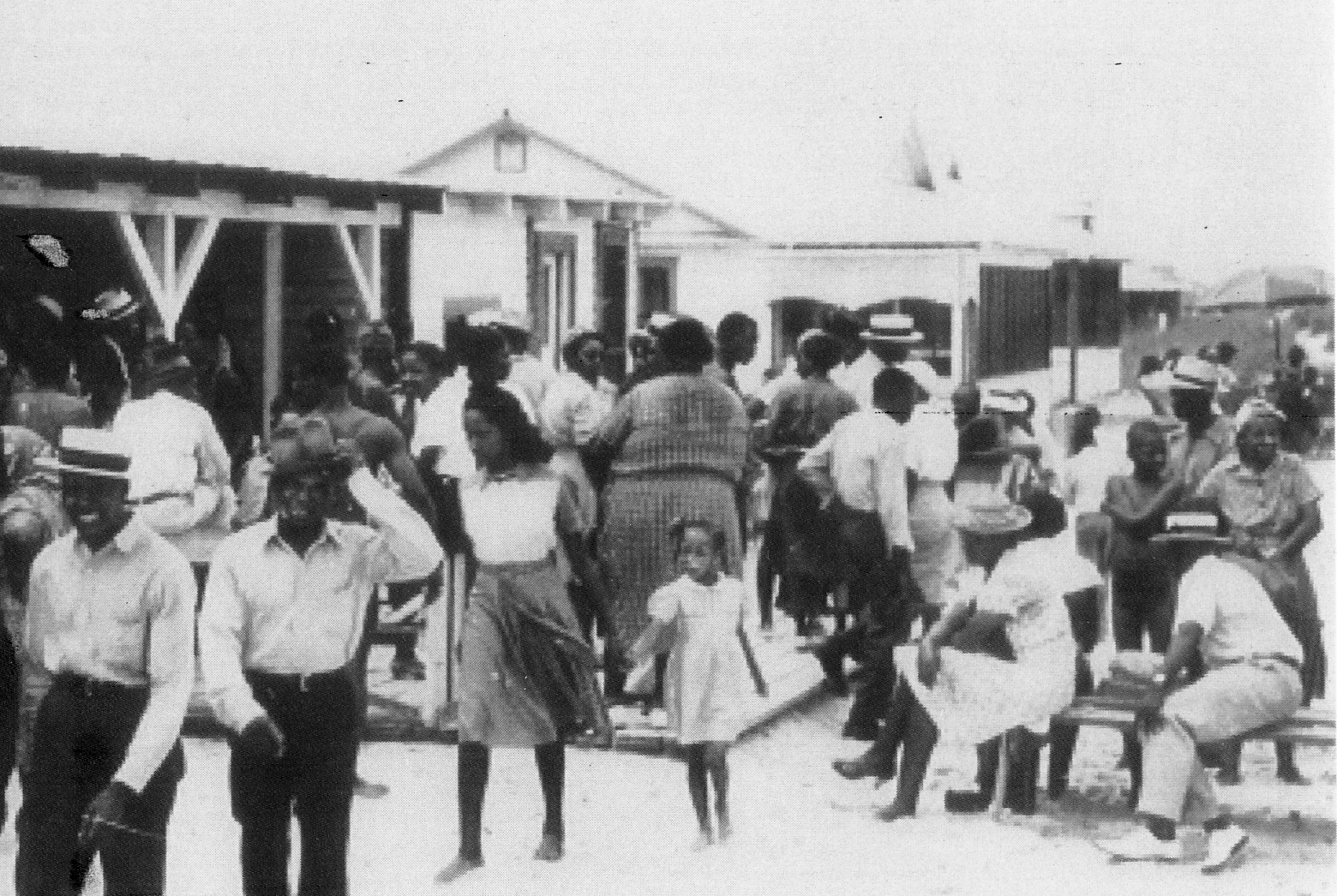
Preservation through time
Many of American Beach’s early buildings still stand today and the ethos of the community remains largely the same. Residents and visitors are committed to preserving the beach’s spirit and legacy.


